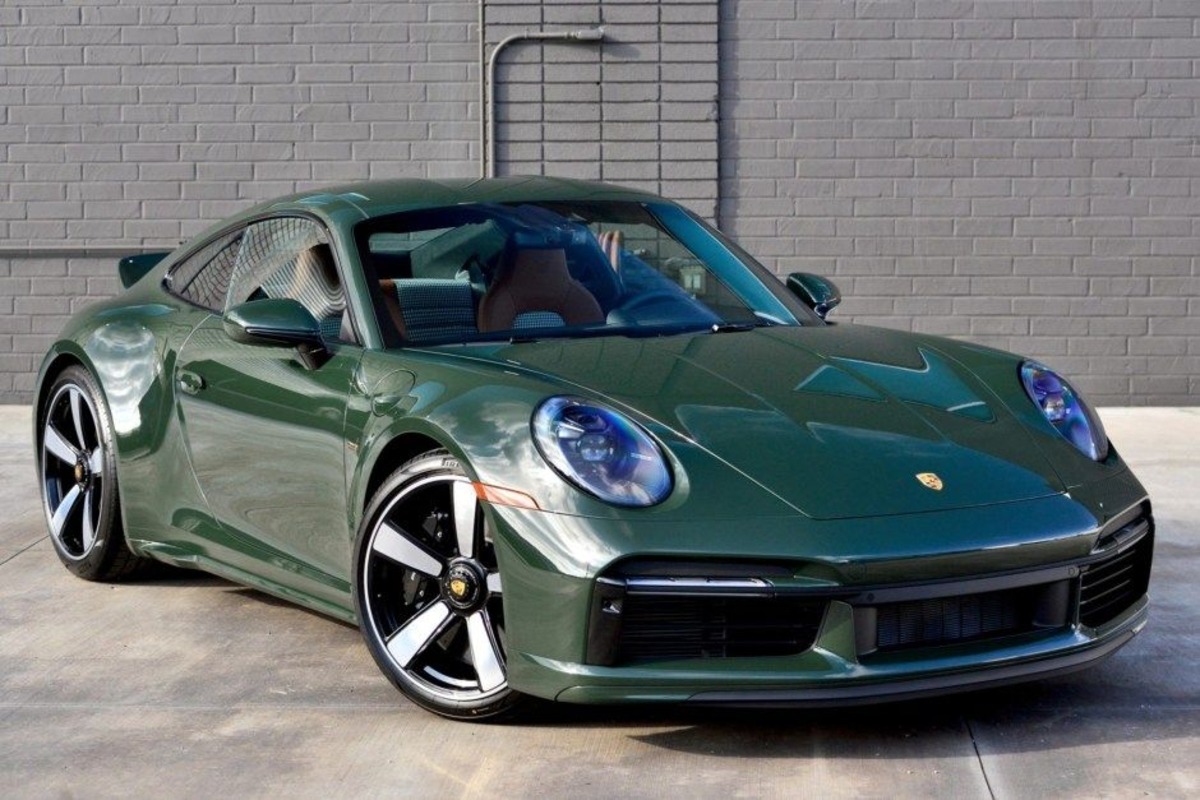When it comes to selling or trading in a vehicle, not all cars are treated equally by dealers. Some models command sky-high trade-in values because of their enduring popularity, reliability, or strong market demand.
These vehicles offer owners a considerable advantage when upgrading or switching cars, translating to more money back and smoother transactions.
Factors such as brand reputation, resale value history, fuel efficiency, and even cultural appeal can drive trade-in prices higher, making these cars smart choices for savvy buyers and sellers alike.
On the flip side, there are also cars that dealers typically shy away from, often offering lower trade-in values or even refusing outright. These are vehicles that may be plagued by costly repairs, slow sales on the lot, or challenging market perception.
Sometimes, these cars come with a history of reliability issues, poor fuel economy, or niche appeal that doesn’t translate well in the resale market. For owners, understanding which vehicles fall into this category can help set realistic expectations and inform better selling strategies.
In this article, we will explore two contrasting lists: first, five cars known for their high trade-in values and why they maintain such strong resale appeal.
Then, we will examine five vehicles dealers often avoid and the reasons behind their reluctance. This knowledge empowers both buyers and sellers to navigate the trade-in process with confidence.
Also Read: 5 Cars You Should Buy in Cash and 5 That Aren’t Worth Any Loan
5 Cars With Sky-High Trade-In Values
When it comes to trading in a vehicle, some cars consistently outperform others in terms of retained value. These vehicles hold their worth over time, meaning owners can expect higher trade-in offers and better leverage when upgrading to a new ride.
The reasons behind these sky-high trade-in values often stem from a combination of reliability, brand prestige, strong demand in the used car market, and overall ownership satisfaction.
Cars that hold value well typically feature durable engineering, lower maintenance costs, and broad appeal across a wide range of buyers.
In addition, vehicles with a history of good fuel economy, safety features, and favorable insurance rates tend to attract more buyers in the resale market, pushing trade-in values upward.
Certain segments, such as compact SUVs or pickup trucks, often enjoy strong demand due to their versatility and practicality. On top of that, limited edition models, or vehicles that have cultivated a loyal fan base, can command premiums even in used condition.
This section highlights five cars renowned for their exceptional trade-in values. Each model represents a different niche in the automotive landscape, from sedans to SUVs and trucks.
We will delve into the specific factors that contribute to their high trade-in value, including brand reputation, performance, and resale demand.
For current owners and prospective buyers alike, understanding why these cars maintain their value can guide smarter decisions when buying, selling, or trading in vehicles.
By spotlighting these standout models, we aim to provide practical insights for anyone looking to maximize the financial benefits of their vehicle ownership.
1. Toyota Tacoma
The Toyota Tacoma stands out as one of the most resilient vehicles in terms of retaining trade-in value. Known for its rugged reliability and off-road capability, the Tacoma appeals to a broad audience—from daily drivers to outdoor enthusiasts.
This midsize pickup consistently ranks near the top of resale value charts due to its durability and reputation for long-term dependability.
One of the primary reasons the Tacoma holds its value so well is Toyota’s renowned build quality.
Owners often report that Tacomas easily surpass 200,000 miles with minimal major repairs. This longevity translates directly into high demand for used Tacomas, which dealers recognize and reward with strong trade-in offers.
Additionally, the Tacoma’s versatile design—offering options for both work and recreation—makes it a practical choice for many buyers.
Its capability to tow, haul, and navigate rough terrain without sacrificing comfort appeals to a wide spectrum of users, from contractors to adventure seekers. This broad appeal increases its desirability in the used market.
Market trends also favor trucks, especially midsize pickups like the Tacoma, due to rising fuel efficiency improvements and consumer preferences shifting toward versatile vehicles.
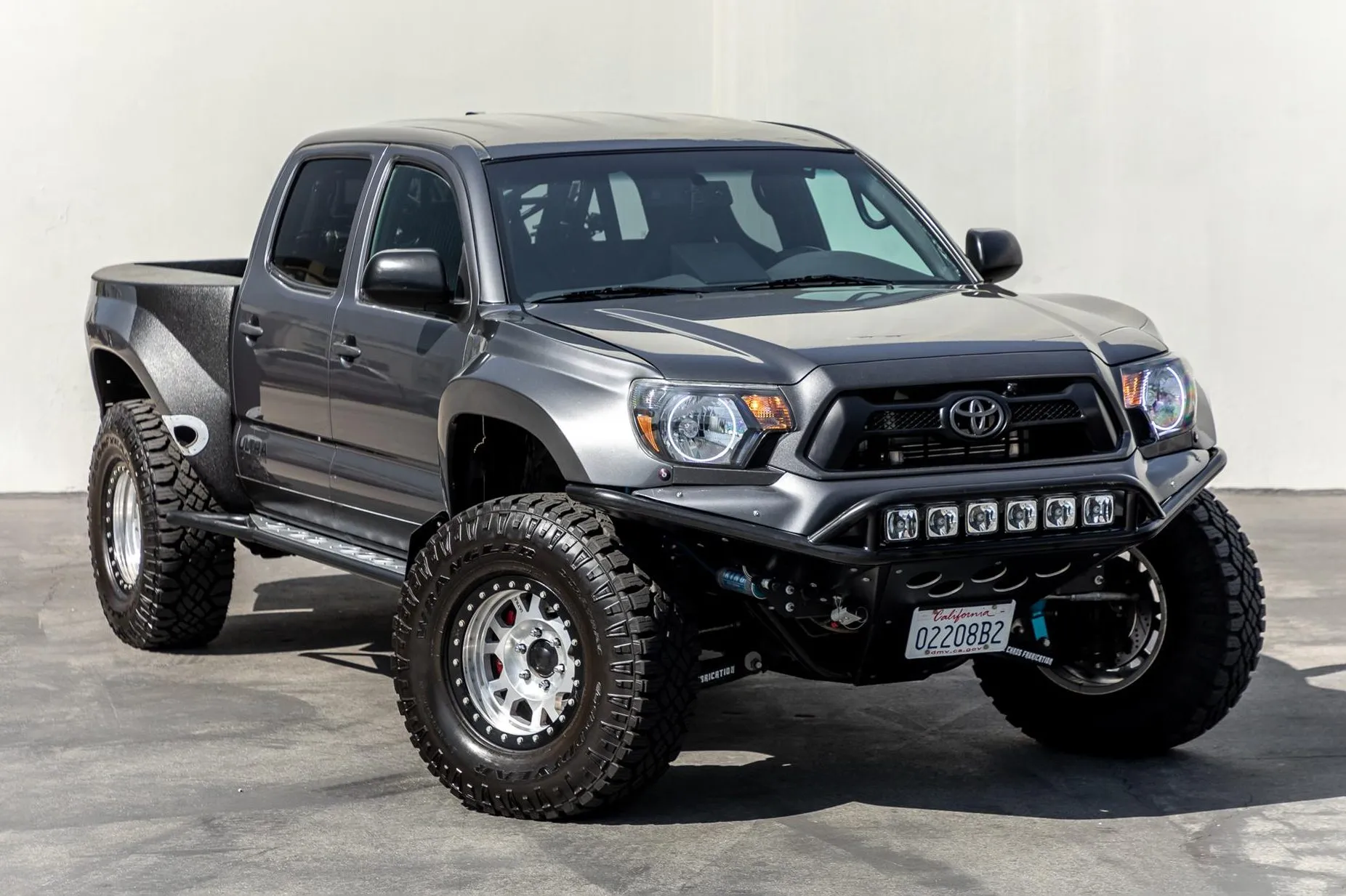
Limited edition trims and off-road packages such as TRD Pro further elevate demand, as enthusiasts seek out these specialized versions.
For current Tacoma owners, this means that trading in their vehicle often results in a higher return compared to other trucks in the same segment. For buyers, purchasing a used Tacoma offers not only a reliable truck but also a vehicle that will maintain its value better than most competitors.
2. Honda CR-V
The Honda CR-V is a perennial favorite in the compact SUV segment, known for its combination of practicality, fuel efficiency, and reliability—all factors that contribute to its impressive trade-in value.
With a strong reputation for low maintenance costs and excellent resale appeal, the CR-V consistently commands high trade-in offers across multiple model years.
One key factor driving the CR-V’s value retention is Honda’s commitment to engineering vehicles that last.
The CR-V’s proven powertrain, combined with a comfortable ride and spacious interior, appeals to a wide range of buyers—from families to young professionals. This broad market demand helps keep used CR-V prices strong, benefiting sellers during trade-in negotiations.
Fuel efficiency is another critical element. The CR-V delivers competitive miles per gallon ratings in both its gasoline and hybrid variants, which boosts its attractiveness as fuel costs continue to rise.
Additionally, the CR-V’s reputation for safety, backed by features such as Honda Sensing driver-assist technology, enhances its desirability on the used car market.
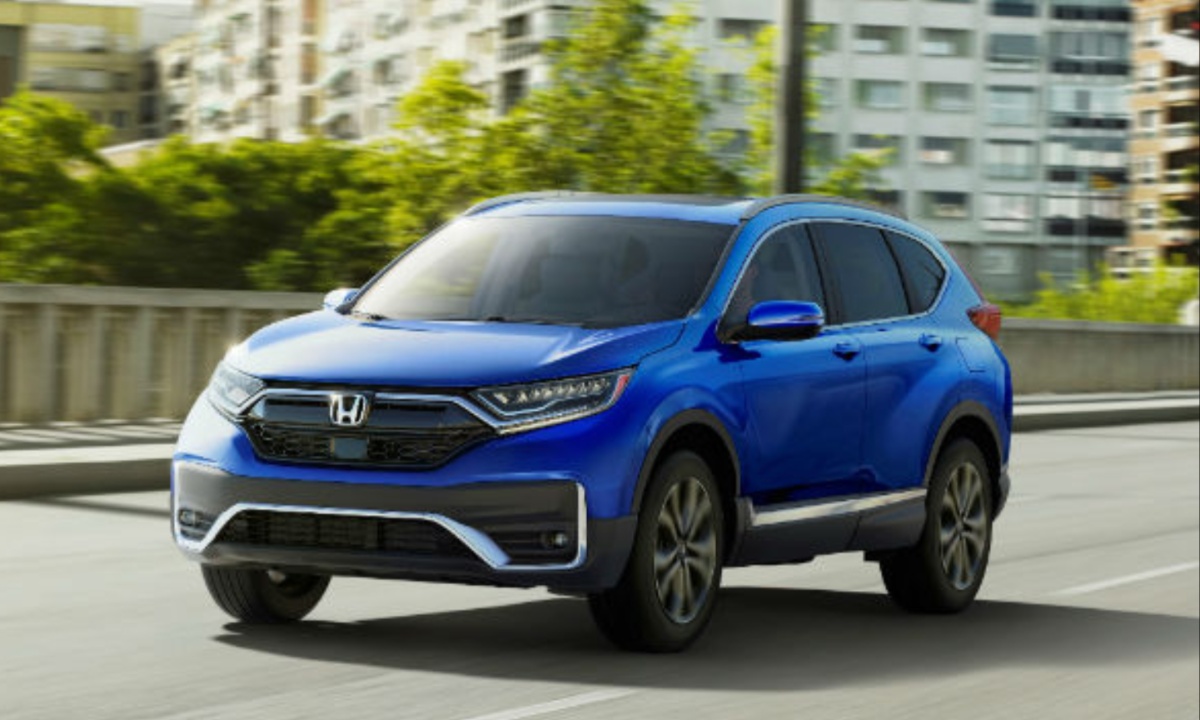
Another important aspect is the CR-V’s ease of ownership. It scores well in reliability surveys and requires fewer repairs compared to many competitors. This reduces the total cost of ownership and encourages buyers to pay a premium when trading in or purchasing used models.
The strong demand for compact SUVs like the CR-V reflects shifting consumer preferences towards vehicles that offer versatility, comfort, and efficiency.
For owners, this translates into consistently high trade-in values, making the Honda CR-V an excellent choice for those looking to maximize resale potential.
3. Porsche 911
While luxury sports cars often suffer steep depreciation, the Porsche 911 is a remarkable exception.
Revered for its engineering precision, heritage, and iconic styling, the 911 not only delivers world-class driving dynamics but also holds its value better than nearly any other performance vehicle.
In some cases, trade-in values remain strong even after several years, with certain trims appreciating over time due to collector interest.
What sets the 911 apart is Porsche’s approach to continuous improvement without diluting the brand’s DNA. Each generation retains the rear-engine layout, sharp handling, and timeless design that enthusiasts crave.
This loyalty from a global fan base creates a robust resale market, particularly for well-maintained or low-mileage examples. Dealers are aware of the 911’s demand, which leads to generous trade-in offers—even for models that are five or ten years old.
Additionally, Porsche’s commitment to quality control and precision manufacturing contributes to long-term reliability, which isn’t always the case with high-performance vehicles.
The availability of parts, strong service networks, and detailed maintenance records add even more confidence for second-hand buyers, reinforcing resale strength.
Special trims like the Carrera S, GTS, or GT3 command even higher resale values due to performance enhancements and limited availability. Even base models retain value due to their high-quality build and daily drivability.

In a market where most luxury sports cars depreciate quickly, the Porsche 911 is a standout. Its combination of engineering excellence, iconic status, and loyal enthusiast demand means that trading one in often results in a return that far exceeds expectations for its segment.
4. Subaru Outback
The Subaru Outback is a vehicle that combines utility, dependability, and off-road readiness—all traits that contribute to its exceptional trade-in value.
Known for its rugged nature and standard all-wheel drive, the Outback appeals to buyers in a variety of climates and lifestyles, from city dwellers to rural adventurers. This broad and consistent demand keeps used prices high, which dealers reflect in generous trade-in offers.
A key factor in the Outback’s retained value is its durability. Subaru’s boxer engine and symmetrical all-wheel drive system have earned a reputation for lasting well over 200,000 miles with proper care.
Owners who follow regular maintenance often find that their vehicles remain mechanically sound for a decade or more, a trait that used car buyers value highly.
Another contributing factor is practicality. The Outback offers car-like comfort and handling, while maintaining SUV-like ground clearance and cargo space. It appeals to families, outdoor enthusiasts, and individuals who value safety and versatility.
The high resale appeal means dealers are willing to pay top dollar for trade-ins, knowing the vehicle will resell quickly and at a premium.
Subaru also enjoys strong brand loyalty and high safety ratings. Advanced safety tech like Subaru’s EyeSight driver assistance suite, standard on many trims, adds even more appeal to used models.
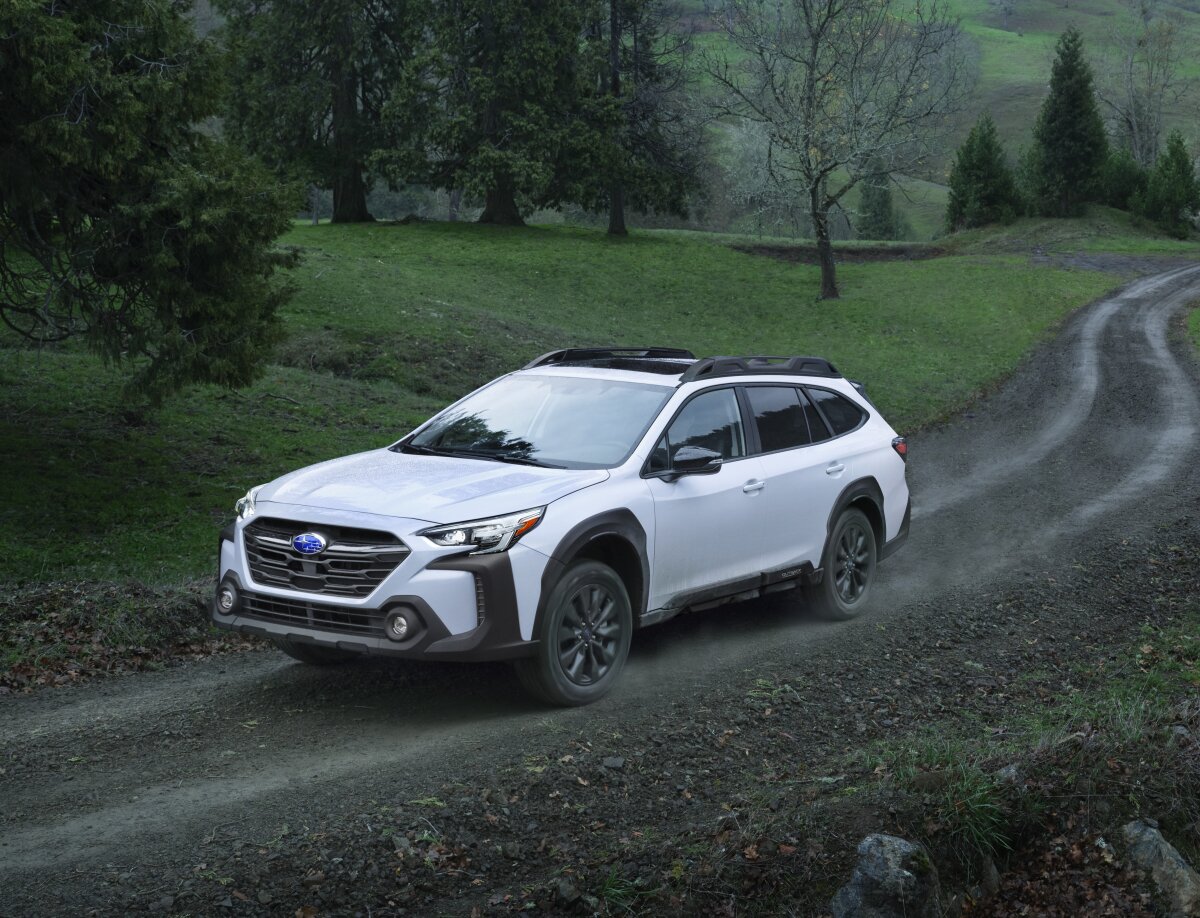
Because of its reputation for longevity, reliability in inclement weather, and versatility, the Subaru Outback is consistently one of the top performers in trade-in value charts. For current owners, that translates to stronger equity and a better position when negotiating their next purchase.
5. Lexus GX 460
The Lexus GX 460 is a full-size luxury SUV that quietly retains more value than many of its peers, thanks to its Toyota-based engineering, rugged frame, and strong brand perception.
Unlike many luxury vehicles that lose a significant portion of their value within the first few years, the GX 460 commands sky-high trade-in offers even after substantial mileage.
This is largely due to its proven durability and the fact that it sits in a niche few other vehicles occupy: a luxury SUV with true off-road capability.
Built on a body-on-frame platform shared with the Toyota Land Cruiser Prado overseas, the GX 460 is engineered to withstand tough terrain while delivering a smooth, comfortable ride. Its 4.6-liter V8 engine is known for reliability and longevity, often pushing well past 200,000 miles with proper care.
These traits appeal to both urban drivers seeking luxury and off-roaders who need a dependable workhorse.
Lexus’s reputation for long-lasting quality plays a huge role in resale value. Routine maintenance is relatively straightforward, and the brand’s certified pre-owned program increases buyer confidence—translating into strong dealer demand for trade-ins.
High resale demand also stems from the GX’s limited redesigns; its long production run means even older models look and feel current.
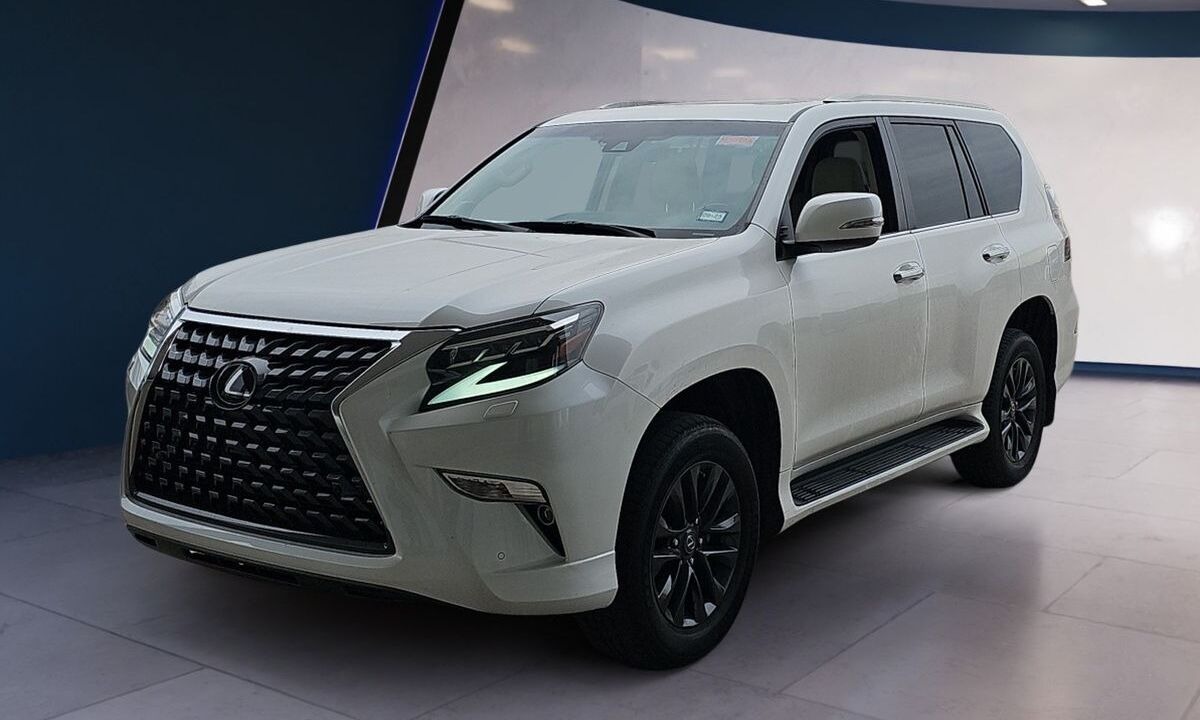
Unlike flashier luxury SUVs that are laden with tech that quickly becomes obsolete, the GX 460’s focus on durability, comfort, and practicality gives it long-lasting appeal.
For owners, this translates into a vehicle that not only performs well but also holds exceptional trade-in value.
5 Cars Dealers Don’t Want
Not every car is welcomed with open arms at a dealership. While some vehicles maintain stellar resale reputations, others are greeted with a wince and a lowball offer—or worse, outright refusal.
These are the cars that give dealers headaches, whether due to chronic reliability issues, high reconditioning costs, weak consumer demand, or questionable reputations.
For owners trying to trade them in, the experience can be frustrating, with offers that barely make a dent in what they originally paid or expected.
Several key reasons drive this market behavior. First is the issue of reputation. If a car has a widely known history of transmission failures, engine problems, or subpar build quality, dealers know they’ll have to work harder to sell it—or possibly take a loss after repairs.
Then there’s brand perception. Some cars, even if reliable, are stigmatized for being “fleet-only,” boring, or out of step with buyer preferences, making them hard to move off the lot.
High depreciation also plays a major role. Vehicles that lose a large percentage of their value quickly are less attractive to resell, especially when they come with high mileage or cosmetic wear. Add in expensive parts, poor fuel economy, or outdated tech, and the car becomes even less appealing to stock in inventory.
This section focuses on five specific cars that dealers typically don’t want to take on trade. Each case is backed by real-world resale challenges and a closer look at the attributes that turn these vehicles into tough sells.
For current owners, this list offers insight into why their vehicle might not bring in the return they hoped for, while for buyers, it serves as a warning about which cars might become resale liabilities down the line.
1. Fiat 500L
The Fiat 500L may have entered the U.S. market with quirky charm and European flair, but it quickly developed a reputation that now makes it one of the most undesirable trade-ins at dealerships.
While its design attempted to blend the iconic Fiat aesthetic with the practicality of a mini-MPV, the execution fell flat with consumers—and even flatter with resale value.
One of the biggest strikes against the 500L is its reliability. Numerous reports cite chronic issues with the dual-clutch transmission, malfunctioning infotainment systems, electrical gremlins, and subpar interior materials.
Consumer Reports and J.D. Power surveys consistently rated the 500L poorly, which eroded buyer confidence over time. Dealers know this, and many have either stopped accepting them as trade-ins altogether or will only do so at extremely low valuations.
Another problem is demand—or rather, the lack of it. The 500L has a confusing identity: not quite an SUV, not quite a hatchback. It doesn’t appeal to Fiat 500 purists, nor does it compete effectively with more capable compact crossovers.
As a result, dealers struggle to sell these models used, even at discounted prices. When a car sits too long on the lot, it costs money—and that’s a risk dealers don’t want to take.
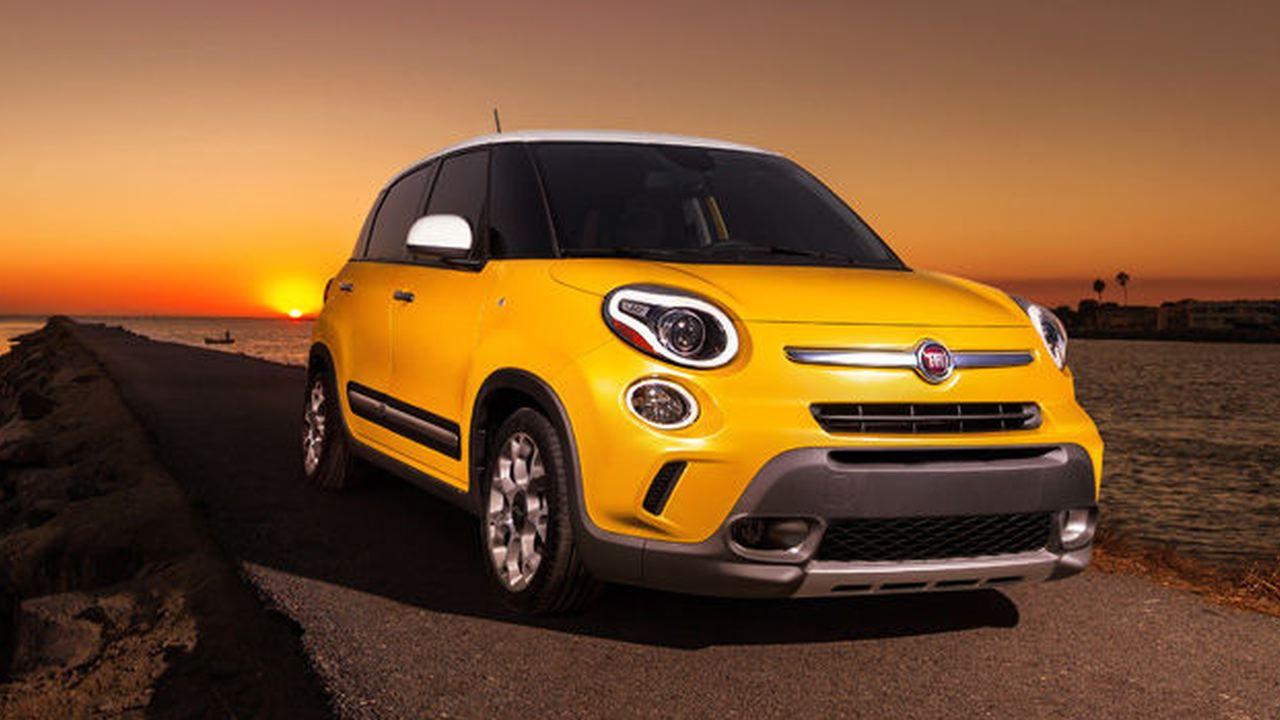
On top of that, Fiat’s shrinking U.S. presence means parts availability and service support are becoming increasingly uncertain. This further dissuades dealers from taking 500Ls on trade, as they may get stuck with a vehicle that’s hard to maintain and even harder to offload.
In short, the Fiat 500L is a classic example of a car that aged poorly in a competitive market. For owners, this translates to minimal trade-in leverage and few options at the dealership level.
2. Chrysler 200
The Chrysler 200 once aimed to rejuvenate Chrysler’s midsize sedan lineup, but the model fell short in several critical areas—so much so that by 2017, it was pulled from production entirely.
Today, the 200 has become a vehicle that many dealerships avoid during trade-in negotiations. Despite a stylish exterior and decent ride quality, underlying problems and a weak market presence have made it a hard sell on the used lot.
The 200’s primary downfall lies in its transmission. The 9-speed automatic gearbox, especially in early models, was plagued with software glitches, harsh shifting, and premature failures. This became such a common complaint that even casual shoppers became wary.
For dealers, this means inheriting a vehicle with a higher-than-average risk of mechanical issues—something they’d rather avoid than try to mitigate post-sale.
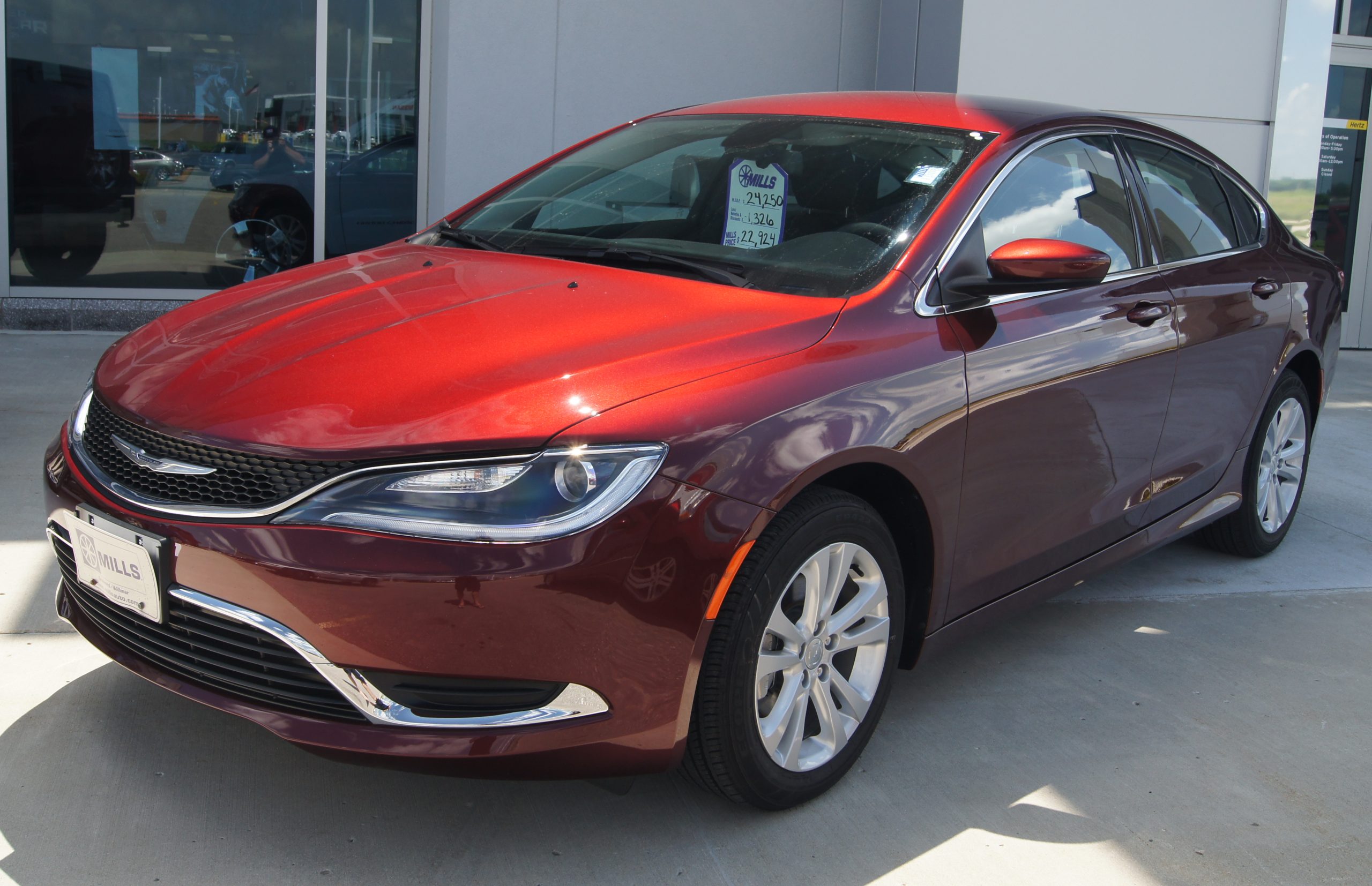
In addition, the interior space in the 200—particularly rear legroom—was tighter than what buyers expected in a midsize sedan. This made it less appealing to families or ride-share drivers, limiting its resale audience even further.
Combined with mediocre fuel economy and average infotainment features, the 200 just didn’t compete well with stalwarts like the Toyota Camry or Honda Accord.
Another significant factor is the discontinued status of the vehicle. Chrysler’s own decision to stop producing sedans signaled to dealers and buyers alike that parts and long-term support could become questionable.
While the 200S and 200C trims tried to offer premium touches, they weren’t enough to redeem the model’s broader issues.
All of these elements have made the Chrysler 200 one of the least attractive trade-in candidates. Dealers often offer the bare minimum—if they accept the car at all—knowing it could sit for months on the lot or return with mechanical problems that eat into profit.
3. Mitsubishi Mirage
The Mitsubishi Mirage is one of the most affordable new cars on the market, which might seem like a good thing at first glance—but its ultra-low price tag comes with trade-offs that dealers are very aware of.
While some budget-conscious buyers find value in its simplicity and fuel efficiency, the Mirage has a reputation for being cheaply built, underpowered, and lacking in long-term durability. This poor perception translates into extremely weak resale demand—and that’s exactly why many dealers don’t want it.
One of the biggest issues is performance. With a 1.2-liter three-cylinder engine producing just 78 horsepower, the Mirage is often described as dangerously slow, especially when merging onto highways or climbing hills.
This lack of usable power is a serious turnoff for most used car shoppers, who expect at least basic capability from any car on the lot.
Build quality is another sore point. The Mirage’s interior materials are some of the cheapest in the industry, and owners frequently report issues with rattling panels, malfunctioning electronics, and general wear far earlier than expected.
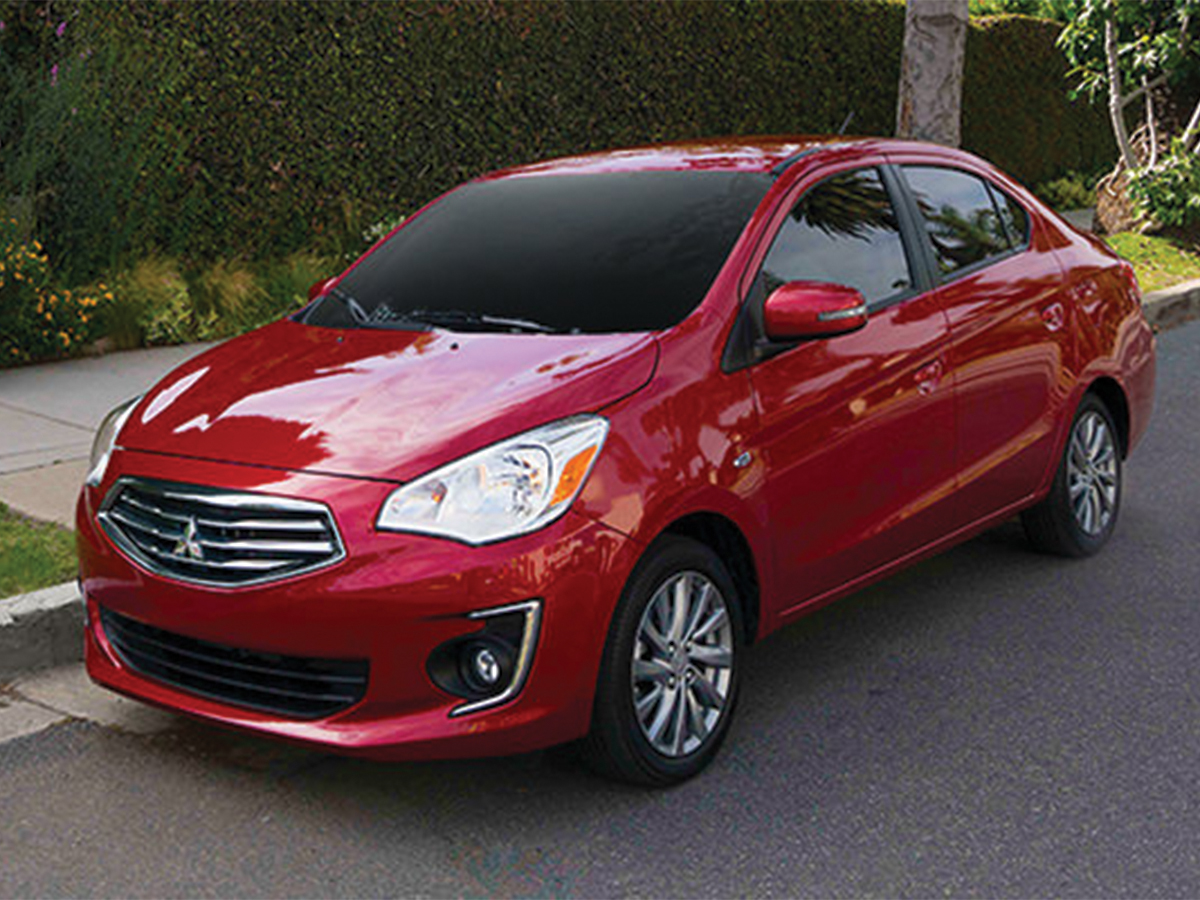
This makes reconditioning costs disproportionately high for a car that already has razor-thin profit margins.
Dealers also know that the Mirage has high depreciation. Because it’s so inexpensive to begin with, there’s not much room for it to hold value—meaning trade-in offers tend to be shockingly low.
In many cases, dealers will only take Mirages as trade-ins when bundled with a new sale, and even then, the vehicle is likely to be auctioned off rather than sold on the lot.
Lastly, the Mirage’s safety ratings and ride comfort are below average, which further limits its appeal in the used market. All these factors combined make it a car that dealers actively avoid when possible.
4. Chevrolet Spark
At first glance, the Chevrolet Spark seems like a sensible city car—compact, fuel-efficient, and easy to park. But despite these advantages, the Spark is one of those cars that dealerships often prefer not to accept as trade-ins.
The root cause isn’t just one flaw, but a mix of low resale demand, tiny profit margins, and the stigma of being an “entry-level” car that rarely inspires buyer enthusiasm on the used market.
The Spark was marketed primarily as an affordable first car or a low-cost urban runabout. While it filled that role effectively, its appeal was limited even in the new car segment.
On the used lot, its small size, minimal feature set, and underwhelming powertrain—anchored by a 1.4-liter engine producing only 98 horsepower—make it a difficult sale for most dealers. Buyers who are shopping used often want more practicality, space, or performance than what the Spark can offer.
Another issue is depreciation. Like the Mitsubishi Mirage, the Spark is priced so low when new that it rapidly loses value after leaving the lot. This leaves little room for dealers to profit, especially after reconditioning, inspection, and potential warranty work.
Many dealerships avoid low-cost vehicles like the Spark because any minor repair—be it brakes, tires, or electrical—can quickly eat into already razor-thin margins.
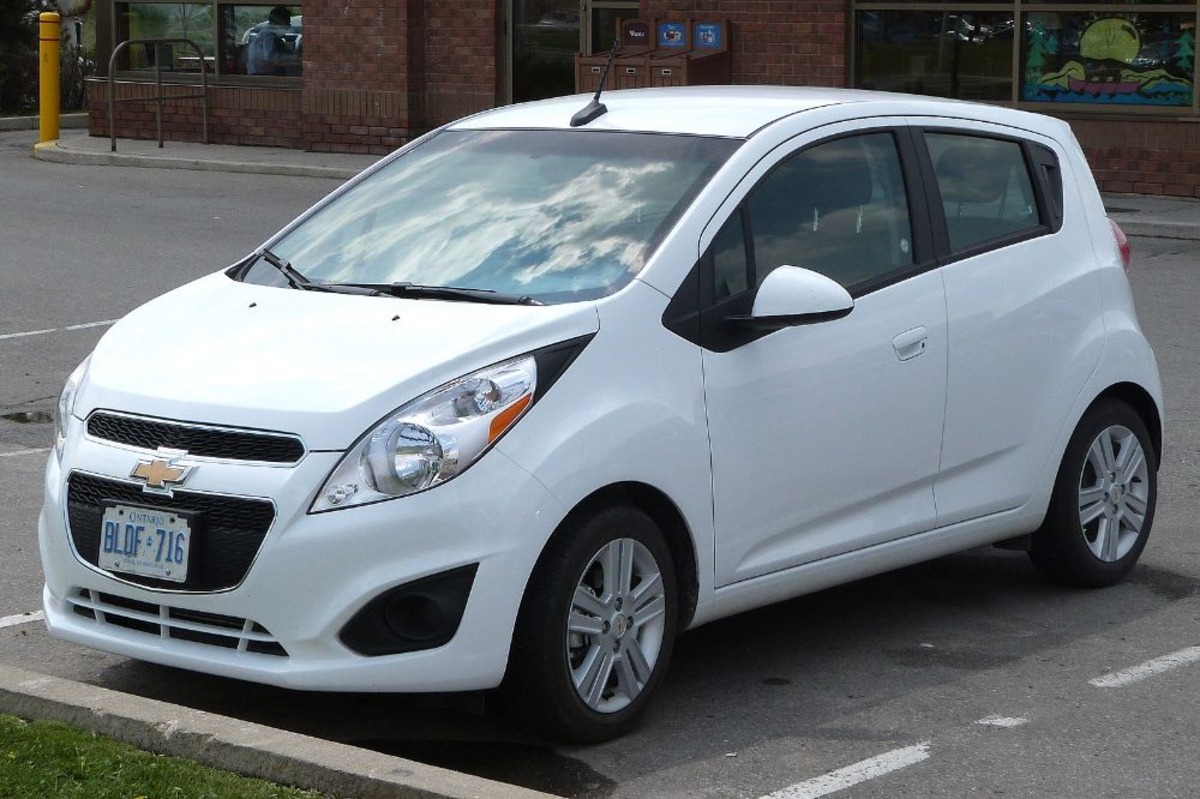
Interior quality and long-term durability are also concerns. Although the Spark received decent reliability ratings for some years, its bare-bones interior and lack of noise insulation make it feel outdated compared to more refined subcompacts.
In a competitive used market, it’s often passed over in favor of more versatile hatchbacks or compact sedans.
In short, the Spark’s limited buyer base, weak trade-in value, and minimal resale upside make it a vehicle dealers commonly decline—or severely undervalue.
5. Smart Fortwo
The Smart Fortwo was originally marketed as a clever, ultra-compact solution to urban traffic and parking woes. While its design was innovative, the car never gained a strong foothold in the U.S. market—and that lukewarm reception has only worsened on the used car scene.
Today, the Smart Fortwo ranks among the most unwanted trade-ins by dealerships, largely due to extremely limited buyer interest, high repair costs relative to its value, and poor overall utility.
One of the biggest downsides of the Fortwo is its practicality—or lack thereof. While it excels at squeezing into tight spaces, the car only seats two and has minimal cargo capacity, making it a non-starter for families, commuters with gear, or anyone who occasionally transports more than one passenger.
Dealers know that this sharply limits the number of people who would even consider it as a used purchase.
Performance is another weak point. With an engine that barely clears 89 horsepower and a transmission that many reviewers described as jerky and sluggish, the Fortwo isn’t exactly a joy to drive. Highway merging, hill climbing, and even daily errands can feel underpowered and frustrating, especially compared to compact hatchbacks that offer more for the money.

Maintenance and parts availability are also factors. Though Smart was a subsidiary of Mercedes-Benz, it doesn’t benefit from widespread support in the U.S. now that the brand has exited the market entirely.
Finding parts and experienced service techs can be a headache for owners, and dealers don’t want to inherit those problems—or spend time sourcing niche components.
Finally, resale demand is virtually nonexistent. The Fortwo doesn’t have the cult following that supports niche cars like the MINI, and it lacks the practicality of nearly every other vehicle on the lot. Dealers often avoid it altogether or offer bottom-dollar trade-ins.
Understanding the trade-in value of your vehicle is about more than just mileage or age—it’s shaped by real-world reliability, consumer demand, and dealership economics. The difference between a car that holds its value and one that’s shunned at the trade-in desk can be staggering.
On one end of the spectrum, models like the Toyota Tacoma and Porsche 911 command sky-high trade-in values thanks to their legendary dependability, brand prestige, and consistent buyer demand.
These vehicles represent a safe bet for dealers who know they’ll quickly find a new home on the lot without the need for major repairs or discounts.
On the other hand, cars like the Smart Fortwo, Mitsubishi Mirage, and Chrysler 200 demonstrate how poor resale demand, design flaws, and weak brand momentum can drive trade-in values into the ground—or prompt dealers to refuse them entirely.
Vehicles in this category often suffer from rapid depreciation, narrow appeal, or costly mechanical quirks that make them more of a liability than a revenue opportunity. From the dealer’s perspective, accepting these cars is a financial risk they’d rather not take.
For consumers, the takeaway is twofold: First, if you want to retain strong resale value, invest in vehicles with a history of reliability, market demand, and long-term manufacturer support. Trucks, certain sports cars, and well-regarded hybrids often fare well in these areas.
Second, be realistic about trade-in expectations—especially if your vehicle belongs to a discontinued line, has known reliability issues, or occupies the ultra-budget end of the spectrum. While these cars might meet your needs during ownership, they could surprise you with low offers—or no offers—when it’s time to move on.
In today’s market, knowledge is power. Whether you’re planning your next purchase or getting ready to trade in, understanding the resale dynamics can help you maximize your investment and avoid the shock of a lowball appraisal.
Cars that retain value do more than just serve you well—they pay you back when it’s time to part ways.
Also Read: 5 Cars That Have Clean Titles at 200K Miles and 5 That Hide Lemon History

